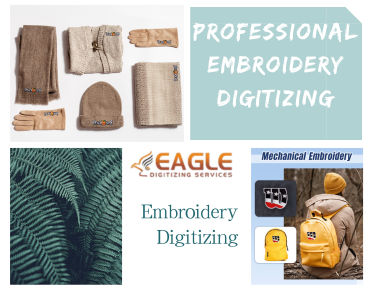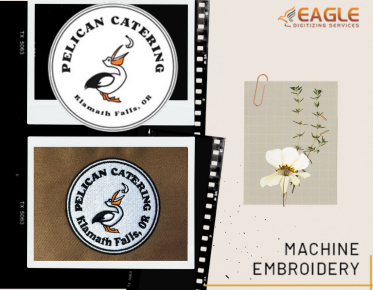Embroidery Digitizing for Beginners
Embroidery digitizing is a fascinating process that transforms artwork into a digital file, which can be read by an embroidery machine. This process is essential for anyone looking to create custom embroidery designs. Whether you're a hobbyist or a professional, understanding the basics of embroidery digitizing is crucial to producing high-quality embroidered products.
For beginners, the concept of embroidery digitizing might seem daunting, but with the right tools and guidance, it can be a rewarding skill to learn. The process involves using specialized software to convert images into a series of commands that an embroidery machine can understand. This software allows you to manipulate the design, choose stitch types, and set the path for the needle. Learning to use embroidery digitizing software is the first step towards mastering this craft.
Understanding the Basics of Embroidery Digitizing
Embroidery digitizing starts with selecting or creating a design. This design is then imported into the digitizing software, where it is converted into a digital format. The software allows you to set parameters such as stitch type, density, and direction. Each of these elements plays a crucial role in the final appearance of the embroidery. It's important to understand how different stitches affect the texture and durability of the finished product.
Choosing the Right Software
There are many embroidery digitizing software options available, each with its own set of features and capabilities. For beginners, it's important to choose software that is user-friendly and offers a range of tutorials and support. Some popular options include Hatch Embroidery and Wilcom. These programs offer comprehensive tools for creating intricate designs and are widely used in the industry.
Steps in the Embroidery Digitizing Process
The digitizing process involves several key steps. First, you need to prepare your artwork. This might involve cleaning up the image or simplifying complex designs. Next, you import the image into your software and begin the digitizing process. This involves setting the stitch type and direction, as well as defining the start and stop points for the machine. Finally, you test the design by running a sample on your embroidery machine. This allows you to make any necessary adjustments before starting the final production.
Common Challenges and Solutions
One of the most common challenges in embroidery digitizing is achieving the right balance between stitch density and fabric type. Too many stitches can cause the fabric to pucker, while too few can result in a loose, unfinished look. It's important to test your designs on different fabrics to see how they react. Additionally, learning to troubleshoot your embroidery machine can save you time and frustration in the long run.
Advanced Techniques in Embroidery Digitizing
Once you've mastered the basics, you can begin exploring more advanced techniques. This might include creating 3D puff embroidery, using metallic threads, or incorporating applique into your designs. These techniques can add depth and interest to your projects, allowing you to create truly unique pieces.
Resources for Learning Embroidery Digitizing
There are many resources available for those looking to learn more about embroidery digitizing. Online tutorials, forums, and workshops can provide valuable insights and tips. Additionally, many software programs offer extensive help sections and customer support to assist you in your learning journey.
Conclusion
Embroidery digitizing is a skill that combines creativity with technical precision. By understanding the basics and continually practicing, you can create beautiful, custom embroidery designs. Whether you're creating for personal enjoyment or starting a business, the possibilities are endless. For those seeking professional assistance, Eagle Digitizing excels in providing professional embroidery digitizing services, ensuring every design is crafted with unmatched precision.



